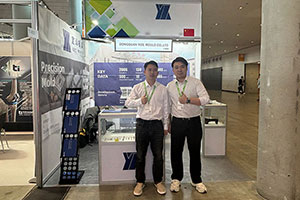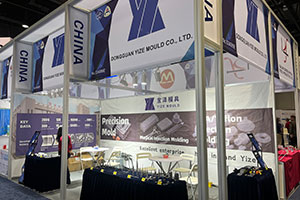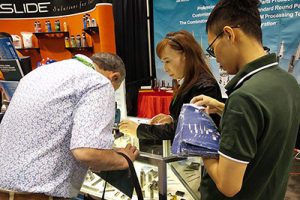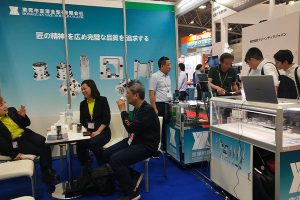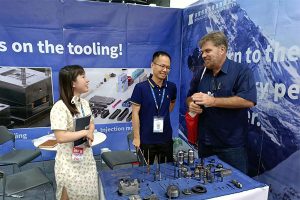Comprehensive Analysis of Tungsten Carbide Die Wear Resistance
In high-precision industrial scenarios such as automotive component stamping and electronic component molding, the wear resistance of dies directly determines production efficiency and product yield. Among numerous die materials, tungsten carbide […]
In high-precision industrial scenarios such as automotive component stamping and electronic component molding, the wear resistance of dies directly determines production efficiency and product yield. Among numerous die materials, tungsten carbide (hard metal) stands out as the top choice in high-end manufacturing due to its “diamond-like” wear resistance. This article systematically dissects the wear resistance mechanisms, influencing factors, and optimization strategies of tungsten carbide dies, providing authoritative technical guidance for industrial practitioners.
I. Wear Resistance Advantages of Tungsten Carbide Dies: Dual Empowerment of Hardness and Composition
1. Ultra-Hard Matrix Forms a Wear-Resistant Defense
Tungsten carbide achieves a hardness of HRA 85–93 (equivalent to HRC 75–82), 2–3 times higher than conventional die steel (HRC 50–60). This advantage stems from its unique microstructure: over 90% of tungsten carbide (WC) hard phases are uniformly dispersed in a cobalt (Co) binder phase, forming a “hard particle + tough matrix” composite. Under pressure, the hard phases resist wear while the tough matrix absorbs impact energy, preventing crack propagation. Real-world testing by an automotive gear die manufacturer revealed that tungsten carbide dies last 8–10 times longer than traditional Cr12MoV steel dies.
Our factory business: carbide parts, mold parts, medical injection molds, precision injection molds, teflon PFA injection molding, PFA tube fittings. email: [email protected],whatsapp:+8613302615729.
2. Alloying Elements Synergistically Enhance Wear Resistance
Beyond tungsten (W), tungsten carbide incorporates strategic elements like cobalt (Co), titanium (Ti), and tantalum (Ta). Cobalt, as the binder phase, improves toughness and thermal stability by forming a WC-Co solid solution. Titanium and tantalum react with carbon to create TiC, TaC and other ultra-hard carbides, further refining grain size (typically <1 μm). This multiphase composite structure enables tungsten carbide to maintain HRA 80+ hardness at 600°C, making it ideal for extreme conditions like high-speed stamping and die-casting.
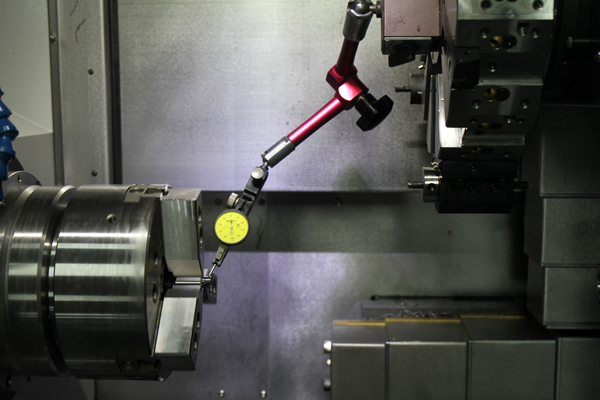
II. Four Key Factors Influencing Wear Resistance
1. Material Purity: The “Amplification Effect” of Microscopic Defects
Porosity, carbide segregation, and other microscopic defects in tungsten carbide significantly reduce wear resistance. Experiments show that a 0.1% increase in porosity raises wear rate by 15–20%. Premium tungsten carbide employs hot isostatic pressing (HIP) to reduce porosity to <0.001%, while gradient sintering ensures uniform carbide distribution.
2. Surface Hardness Gradient: From “Tough Skin” to “Consistent Core”
Ideal tungsten carbide dies feature a “superhard surface layer (HRC 85+) + tough core layer” hardness gradient. However, improper heat treatment (e.g., ±10°C quenching temperature deviation) can cause ±5 HRC surface hardness fluctuations, triggering early wear. High-pressure gas quenching (HIPQ) technology minimizes hardness variation to ±1 HRC.
3. Machining Process: Micron-Level Precision Determines Wear Life
Machining tungsten carbide is akin to “carving on diamonds”:
- Grinding: Use resin-bonded diamond wheels at 25–30 m/s line speed with ≤0.005 mm/pass feed rate.
- Electrical Discharge Machining (EDM): Limit pulse width to ≤50 μs to prevent microcracks in the heat-affected zone.
- Polishing: Achieve Ra < 0.05 μm surface roughness to reduce friction.
4. Operating Environment: The “Dual Test” of Temperature and Load
In continuous stamping, die temperatures may rise to 400–500°C, softening the cobalt binder and causing hard-phase脱落 (spalling). A case study on 3C product housing dies showed that adding 0.5% niobium (Nb) to form NbC reinforcement phases improved high-temperature wear resistance by 40%.
III. Three Technical Pathways to Enhance Wear Resistance
1. Material Innovation: Nanomodification Leads Next-Gen Tungsten Carbide
Mechanical alloying (MA) produces nanocrystalline tungsten carbide with grain sizes of 100–200 nm. This material maintains HRA 92 hardness while boosting fracture toughness to 15 MPa·m¹/² (vs. 8–10 MPa·m¹/² for conventional materials). A Japanese firm’s nanocrystalline tungsten carbide dies achieved >20 million cycles in precision electronic connector stamping.
2. Surface Strengthening: From Passive Protection to Active Regeneration
- Physical Vapor Deposition (PVD): Deposit 2–5 μm TiN/CrN coatings (HV 3000–3500 hardness).
- Laser Cladding: Melt WC-Co alloy powder onto the die surface for metallurgical bonding.
- Self-Lubricating Coatings: Add MoS₂ or WS₂ to reduce friction coefficient from 0.3 to 0.05.
3. Smart Maintenance: Predictive Care Extends Lifespan
Implement a Die Health Management System (DHMS) using:
- Vibration sensors and temperature probes for real-time monitoring.
- Acoustic emission analysis for wear quantification.
- Eddy current testing for crack detection.
- Infrared thermography for lubrication assessment.
A home appliance manufacturer reduced unplanned downtime by 65% and maintenance costs by 40% after adopting DHMS.
IV. Future Outlook: The Intelligent Revolution of Ultra-Wear-Resistant Materials
With additive manufacturing (3D printing) breakthroughs, tungsten carbide dies are transitioning from “subtractive” to “additive” customization. Selective Laser Melting (SLM) enables direct printing of complex cooling channels, improving die temperature uniformity by 30% and reducing thermal wear. Meanwhile, AI algorithms are being applied to wear prediction, using machine learning to build “process parameter-wear models” for dynamic maintenance optimization.
Conclusion: The wear resistance of tungsten carbide dies results from the synergy of materials science, precision machining, and smart maintenance. In the Industry 4.0 era, mastering the “material-process-maintenance” trifecta will empower China’s manufacturing sector to break through technological bottlenecks and dominate the global high-end die market.
What challenges have you encountered with tungsten carbide dies? Share your experiences in the comments, and our industry experts will provide tailored solutions!


